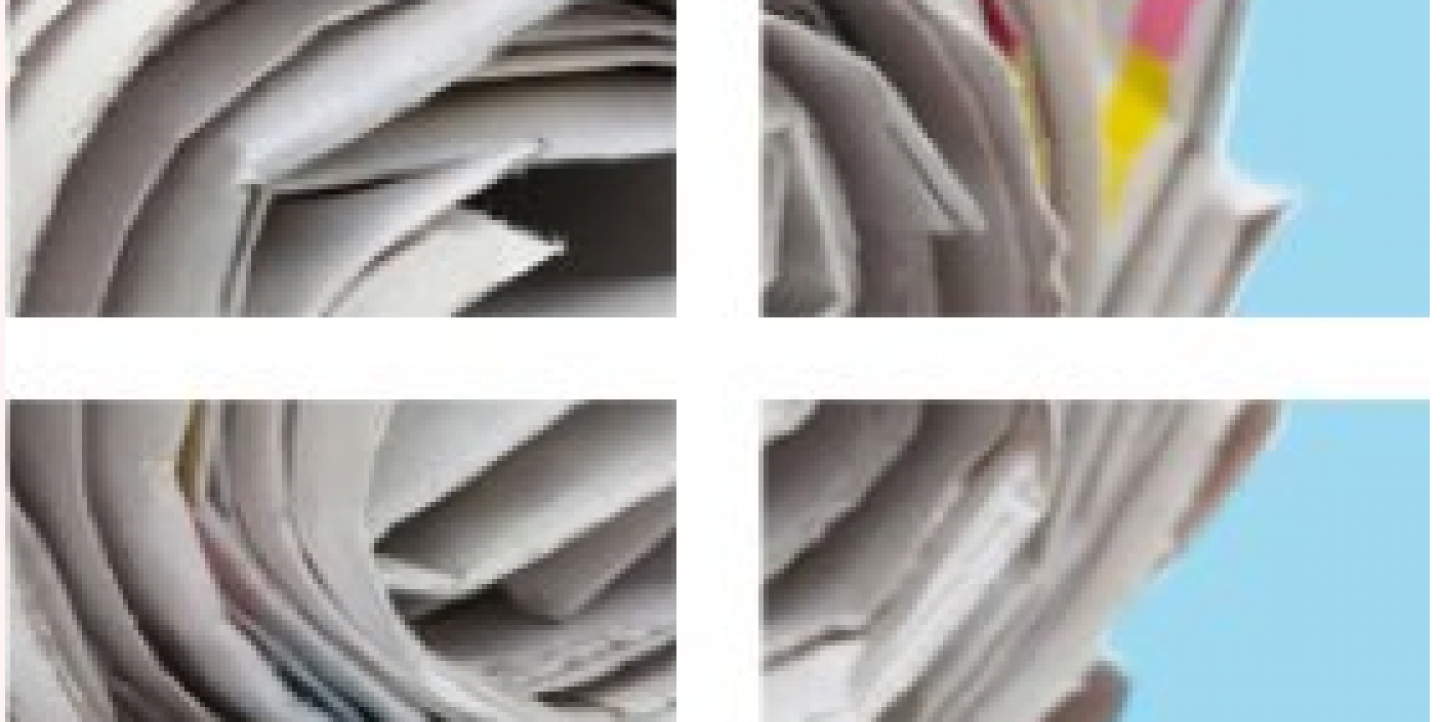Most ink-and-paper publications grapple with how to thrive online, but a few online publications are heading to the printing presses to offer hard copy editions.
Recent examples of reverse publishing include Fairchild-owned fashion website Style.com, which will print a biannual glossy magazine and The Bold Italic, a Gannett-owned lifestyle website about San Francisco, which will offer a quarterly print edition.
IJNet spoke to Robert Reif, president of Media Networks, Inc. and Targeted Media, Inc., two Time Inc. companies that specialize in custom target market advertising solutions in magazines and online, about reverse publishing and what it means for journalists.
IJNet: So what's the story with reverse publishing? Is it anything new?
Robert Reif: It shouldn't be a surprise that online publications develop print products -- there has always been a movement to expand brands across different kinds of media. For example, in 1998 ESPN launched ESPN magazine, so you have a cable company that turns to print to expand brand and revenue opportunities.
Even though the flow has generally been from print to online, it only makes sense that digital would also look to print, it's about multiple touch points for them. Whether people turn to media for entertainment, education or information, they are looking for it in print, online, TV etc.
Print is still seen as more of a leisure-time activity for readers. For advertisers, magazines are the leading medium for ad receptivity, trustworthiness and inspiration -- according to the Experian Multimedia Engagement Study.
IJNet: The two examples we spotted were both lifestyle publications - what sort of publications does reverse publishing work for?
RR: It's not confined to lifestyle publications but in a market like San Francisco, and in places like New York and Boston, those are cities where where people buy more books and are more open to the print experience than other markets...
It can work for all kinds of publications. For example, one of the top medical health advice websites, WebMD, has a print product that does very well...Even a big online brand like that sees relevancy in print.
People haven't given up on magazines, radio and TV. The Internet is the hot thing now...but when we look back on it years from now it will just be part of a larger media mix...
We tell clients they shouldn't put all their money in print, though some advertisers are still nervous about online advertising. Multiple touch points make for smart marketing budgets -- it's silly if they think they should only use one or the other.
IJNet: What does this mean for journalists? It's not great If you write online and see your work published in print without getting paid extra for it.
RR: My dream was to be a journalist...so I sympathize with the fact that that this is probably the hardest time to be a journalist in the last 100 years and that some people are not getting compensated adequately for their work.
There is still some satisfaction to seeing in your work in print...Even for me, it's one thing to be quoted in the New York Times online and another thing to see it in the print edition...
It seems more important - even now - that someone thought it was important enough to cut down trees, use and ink and paper, a printing press, the delivery services etc. to get a story out.

